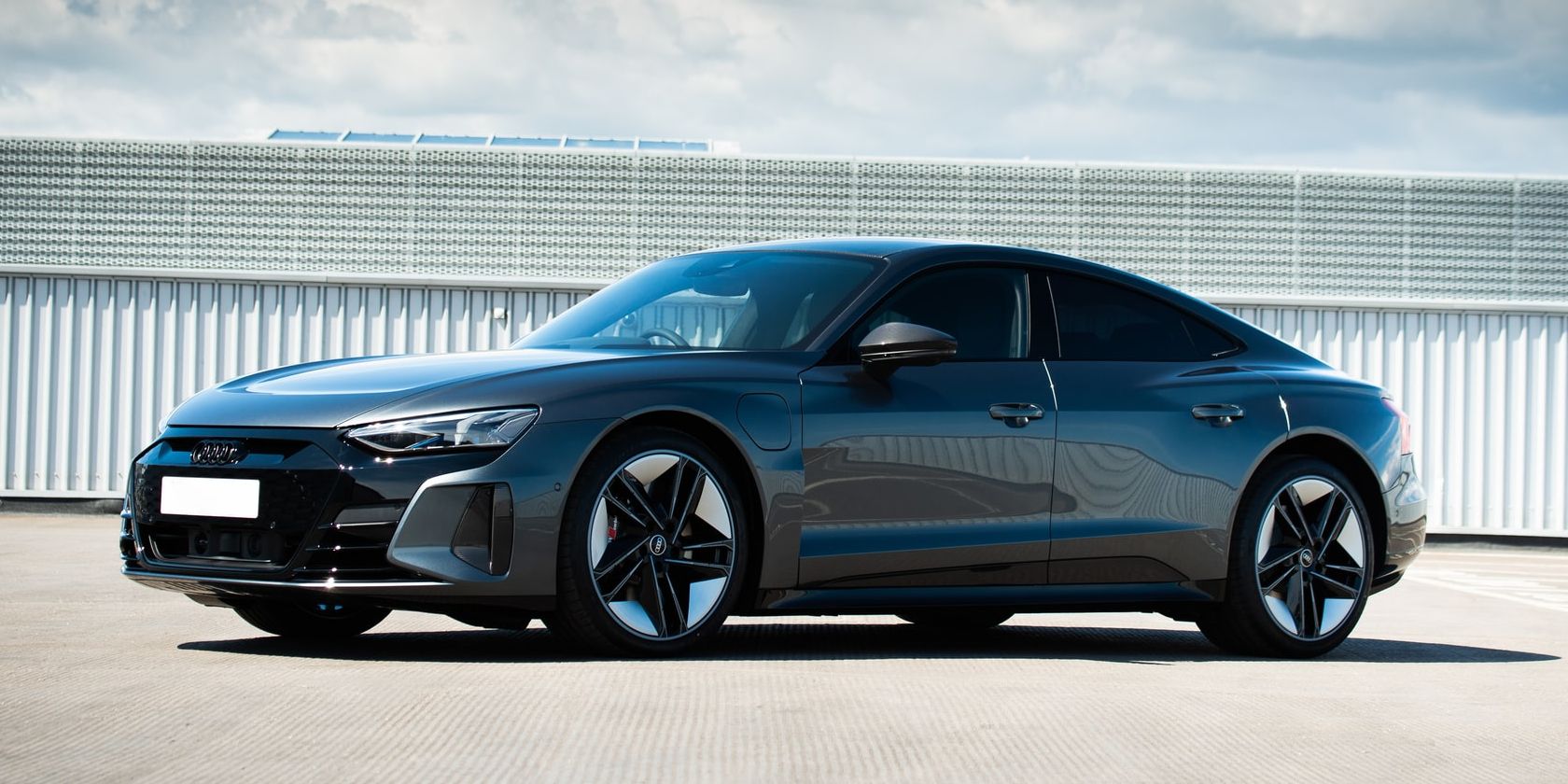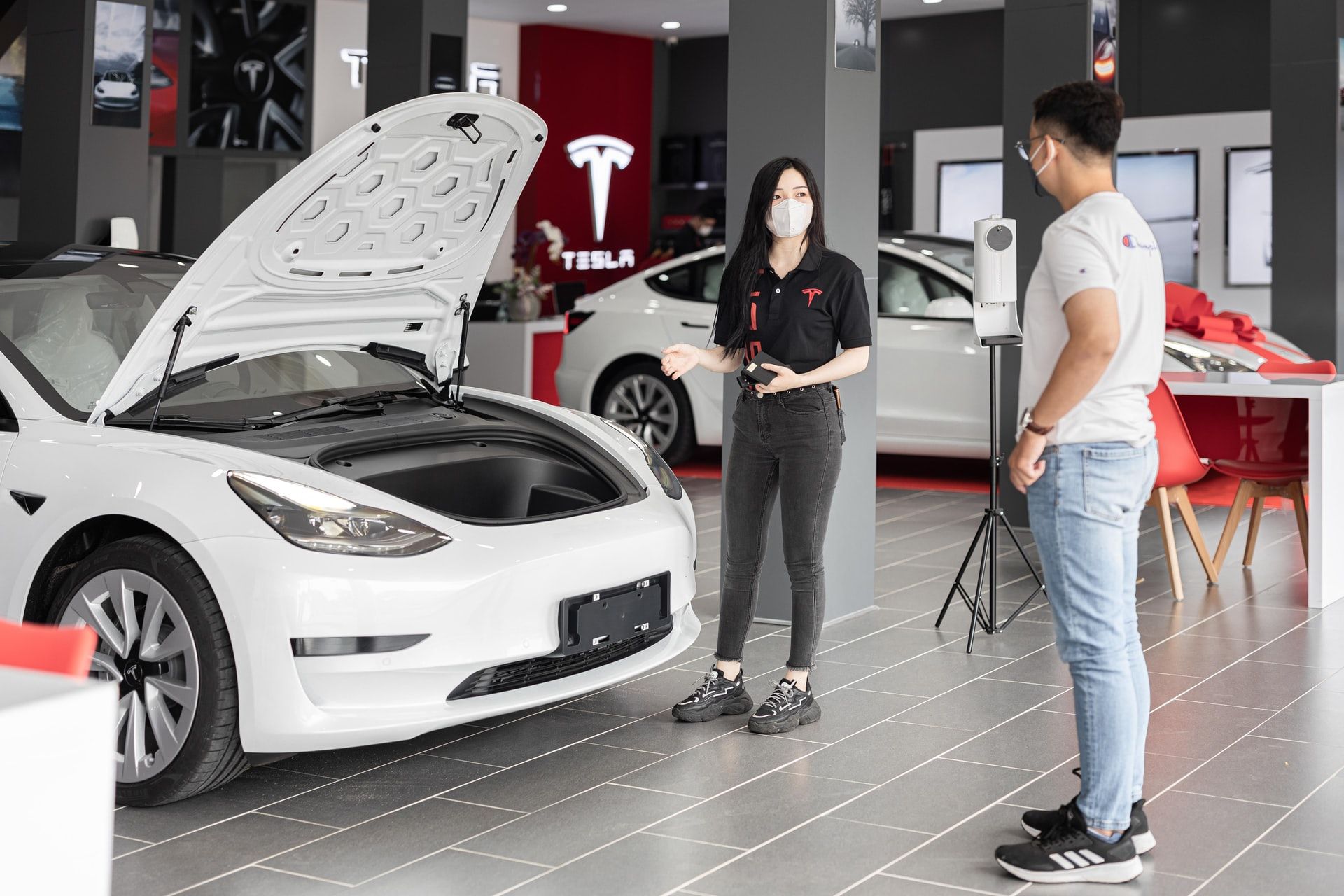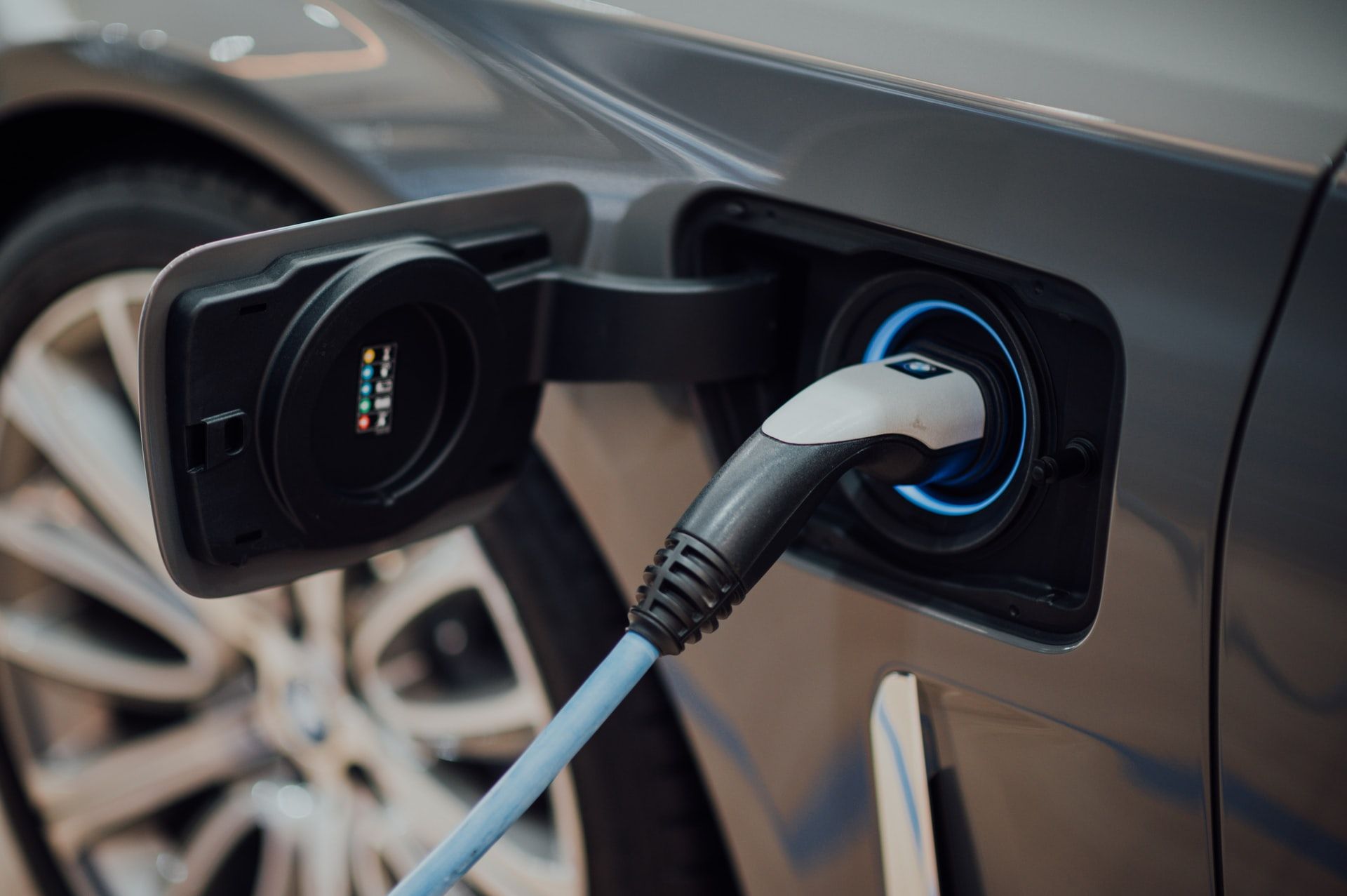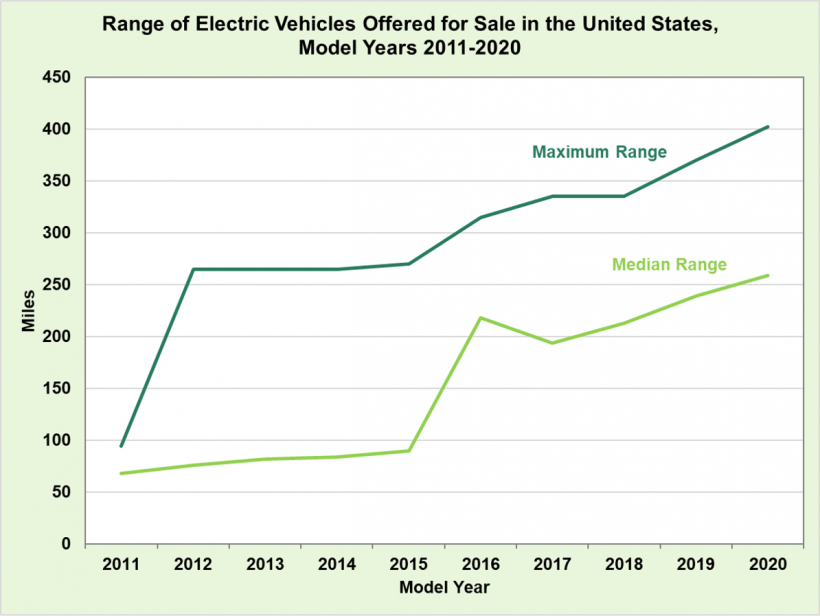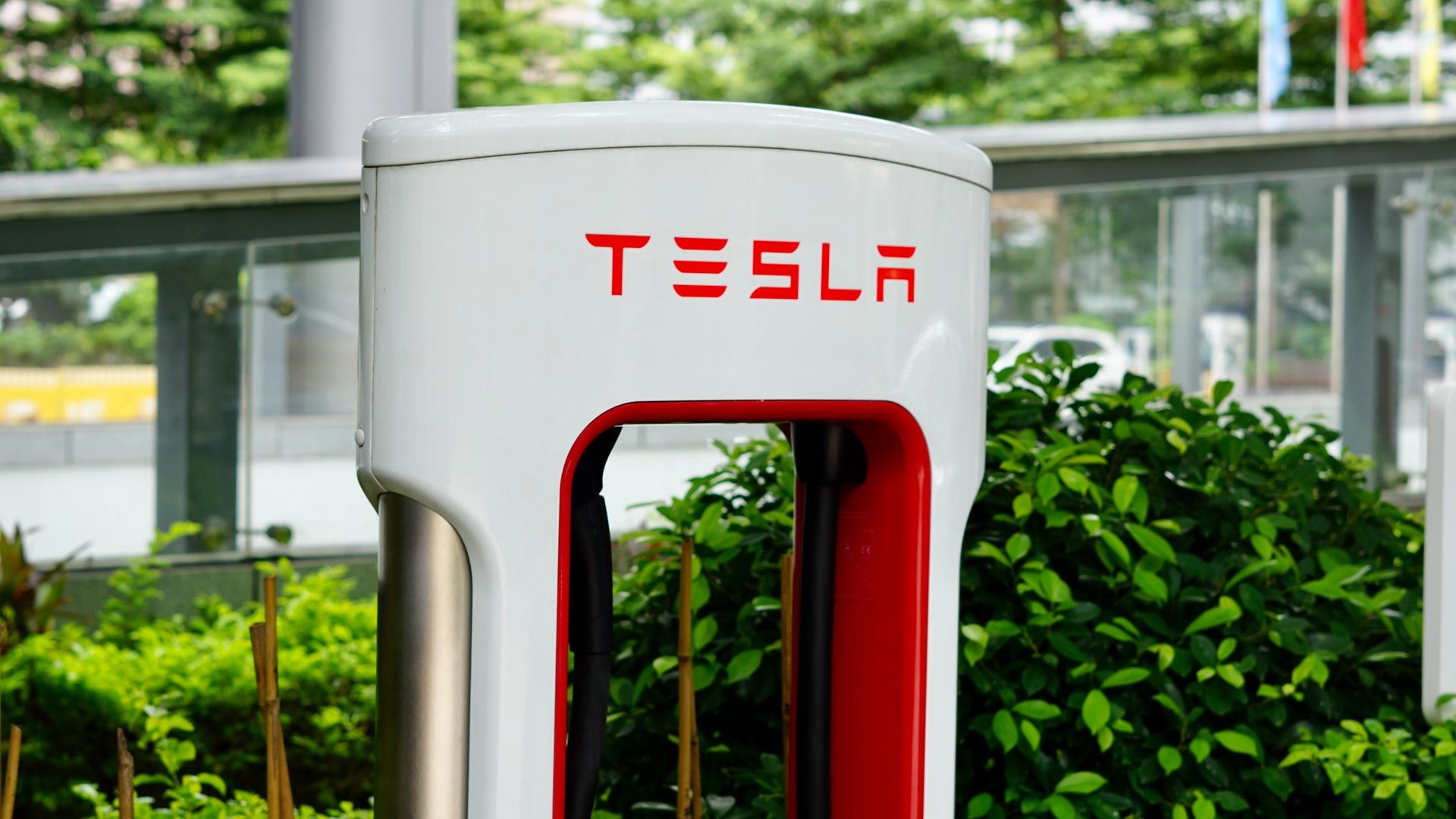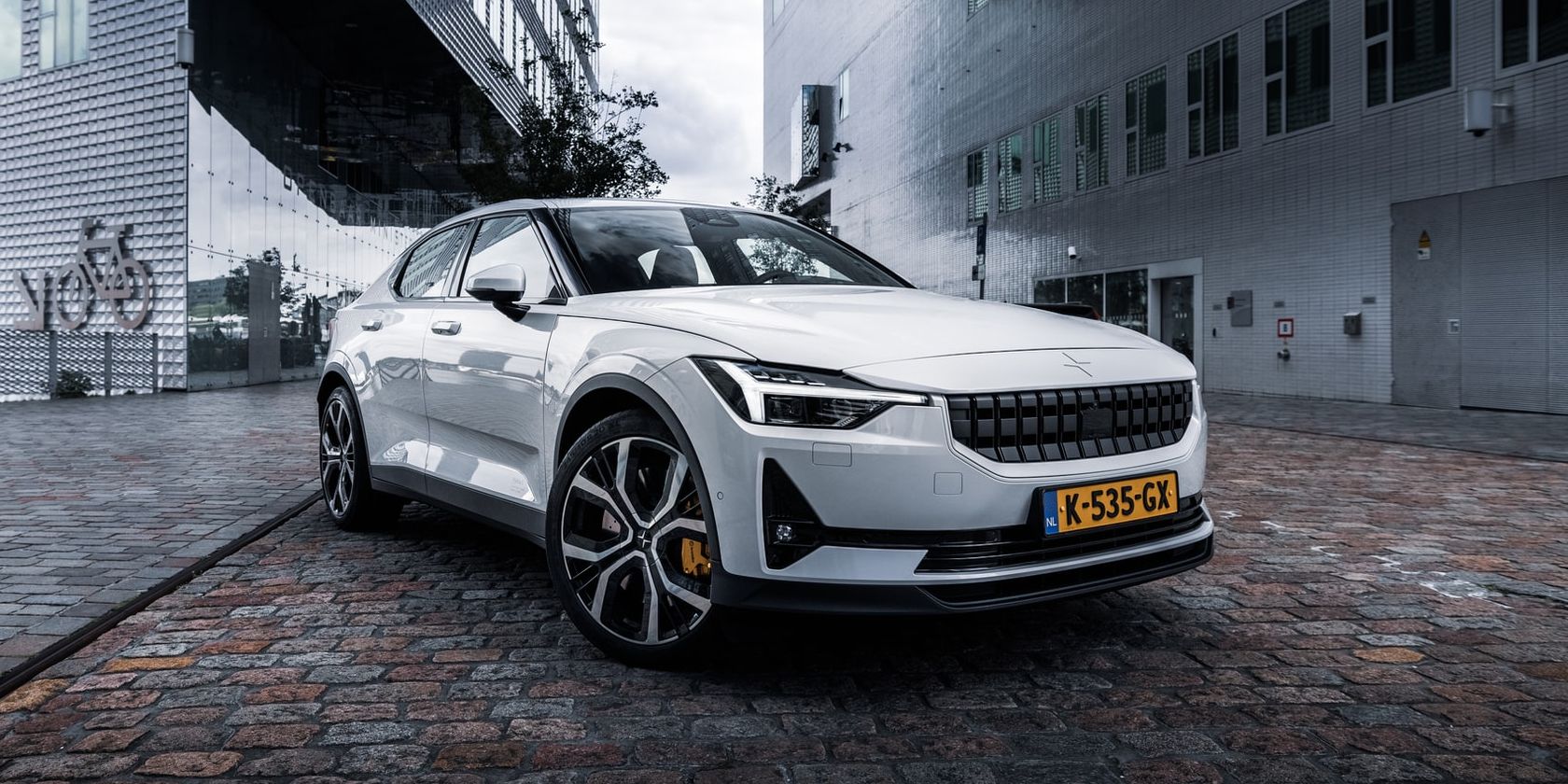The world of electric vehicles is getting more exciting each day, which gets a lot of us thinking about switching from our gas-powered vehicles. Even though these fast, electric-powered pieces of technology of the future are great sustainable alternatives, there are some things you should take into consideration before pulling the trigger.
So, why should you consider switching to EV?
Why Switch to an Electric Vehicle?
Carbon emissions from the transportation industry have a huge impact on climate change. This includes large aircraft, public transportation vehicles, boats, and of course, consumer vehicles. Millions of gas-powered cars are on the road, and switching many of these to a fully-electric car would drastically reduce carbon emissions. Though this will not fully solve the problem of climate change, it will have a huge, positive impact on Earth.
Another reason you may want to switch to an EV is that they're so unbelievably cool. Each new EV that releases has a futuristic design, plenty of additional storage space, and has the power of high-performance sports cars with all the torque available as soon as your foot hits the accelerator.
Nowadays, these EVs are coming in the form of 2-door sports cars, sedans, SUVs, as well as pickup trucks, so there's an electric vehicle that suits everyone.
Things to Keep in Mind Before Buying an EV
Although electric vehicles are the future, you should consider a few factors when buying them in the present. Here's everything you need to keep in mind before purchasing your electric vehicle.
1. Price With Federal Tax Credit
A great upside to buying an electric vehicle in the United States is that the government will essentially give you a discount on the vehicle you end up purchasing. You probably already know how unbelievably confusing taxes in the U.S can be. As such, the credit you receive on your EV depends on several factors.
At the time of writing, the U.S federal tax credit provides up to $7,500 to put towards the EV you purchase. The credit may be lower if it is a plug-in hybrid and varies per vehicle. If you decide to lease the vehicle, the tax credit goes directly to the manufacturer, and they will factor this into the price of the vehicle, thus lowering your monthly payment.
This is similar to how it works when purchasing your EV. The tax credit goes towards lowering the dealer's price of the vehicle and thus will lower what you'll pay out of pocket or your monthly payment when financing.
For more information on the available federal tax credit and which vehicles apply, see the full list on the official U.S government's fuel economy website.
This is a pretty fantastic pro to purchasing an electric vehicle. It's looking like the government will continue to provide a federal tax credit towards EVs into the future to encourage buying a more sustainable vehicle, but only time will tell.
2. Maximum Range
Just like in gas-powered cars, the range on electric vehicles varies based on the battery size, weight of the vehicle, weather, and much more. This is important to keep in mind since recharging your EV will take longer than filling up the tank in your gas-powered car.
According to the official government's office of Energy Efficiency & Renewable Energy, the maximum and median range of all-electric vehicles on the market has increased throughout the 2010s.
The median all-electric vehicle range has hit around 250 miles, while some of the best, such as the high-end Lucid Air, has hit over 500 miles. Of course, since the range is a huge factor to consider when purchasing an electric vehicle, companies will make you pay more for such convenience. Many companies offer long-range motors, as well as larger batteries to increase the maximum range. This also increases the power of your EV, which gives you an added benefit for spending the extra money.
Unlike in a gas-powered car, where you don't have to always think about when to fill up, owning an EV is different. Many EV owners like to drive their car around as much as they need to, plug in at home, then wake up to a fully charged vehicle in the morning.
But how else do you charge an all-electric vehicle?
3. Supported Charging Stations
One of the most important things to consider is which charging stations are compatible with your EV.
If you've decided on a Tesla, you're probably aware of Tesla's incredibly convenient Superchargers. According to Tesla, there are over 30,000 Superchargers available globally, over 1,200 Supercharger stations available in the United States, can charge up to 200 miles in 15 minutes depending on your vehicle, and is much cheaper than gasoline. You also never need to swipe your credit card; simply add your card to your Tesla account, and you're billed per kWh (kilowatt-hour) after you drive away.
Teslas can also use many other charging stations across the country, such as Electrify America, which is becoming one of the larger public EV charging stations in the U.S.
If you're buying any other vehicle, you'll have to rely on what charging network they support. Although Tesla started to open up its charging stations to non-Teslas in the Netherlands in late 2021, this isn't the case in the U.S.
The goal is to have every electric vehicle be able to charge at any charging station. That's what the charging networks want, and that's also what consumers want. Fast charging is also available at many Electrify America charging stations as long as your vehicle supports it, so don't go buying a Tesla due to its Superchargers just yet.
Electrify America is doing a great job at having the two main types of ports available at its chargers: CCS and CHAdeMO. Rivian, Ford, BMW, and several other large car manufacturers use the standard CCS charge port on their electric vehicles. The Nissan Leaf is one of the few electric vehicles on the road that still uses a CHAdeMO charge port, and Nissan announced in 2020 that it would be switching to CCS ports for its newer EVs in the U.S. Since CHAdeMO predates the CCS port, they can seem more common in certain parts of the U.S, as well as Japan.
4. Performance
One of the best parts about owning an EV is getting to experience the fast speeds and terrific handling that used to be reserved for sports cars and luxury sedans.
A characteristic of electric motors is that all the available torque is available as soon as your foot hits the accelerator, which makes the 0-30mph time feel very quick if you're used to driving a gas-powered vehicle. This is true for a $30,000 Chevy Bolt, or a $95,000 Tesla Model S. The 0-60mph times will be different, and you will definitely be able to tell, but it's great that everyday people will have fun driving their new EVs, whether they're car enthusiasts or not.
Although some EVs can get on the heavy side, with the Polestar 2, for example, weighing in at about 4,700 pounds, the batteries result in the vehicle having a low center of gravity; this allows the compact sedan to handle extremely well. The Polestar 2's electric motor, delivering over 400 horsepower, results in the EV hitting 60mph in just around 4 seconds.
No matter your budget, there's a fun-to-drive electric-powered vehicle waiting for you.
Should You Switch to an Electric Vehicle?
Right now, the answer is different for everyone. If you're a lover of pickup trucks and need them to run your business, there are some great options, such as Ford's F-150 Lightning, hitting the streets in 2022. Everyday commuters looking to upgrade to an EV should take a look at the types of charging stations available on your route or consider if you're able to charge your vehicle at your home (or maybe even at your workplace if they have EV charging points installed).
The world needs to switch to all-electric vehicles to help fight climate change. The options available right now have the performance we all desire, more storage space than their gas-powered counterparts, and can even save you money with the federal tax credit as well as no longer having to touch dirty gas pumps. So no matter your budget or family size, there's an EV out there for you.

